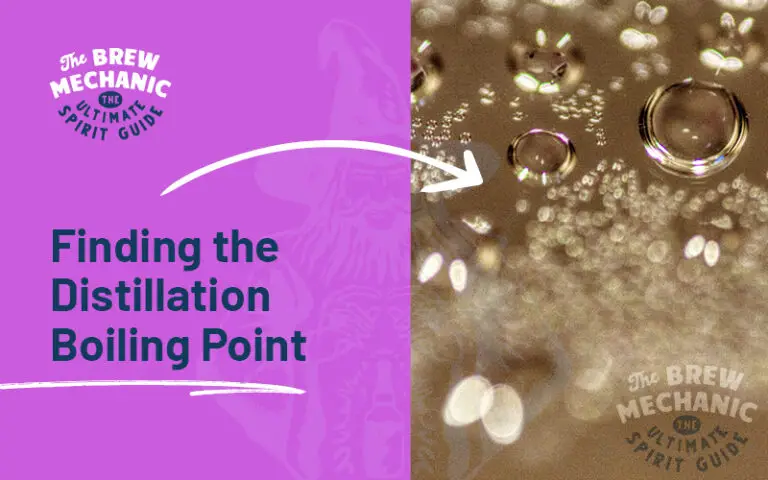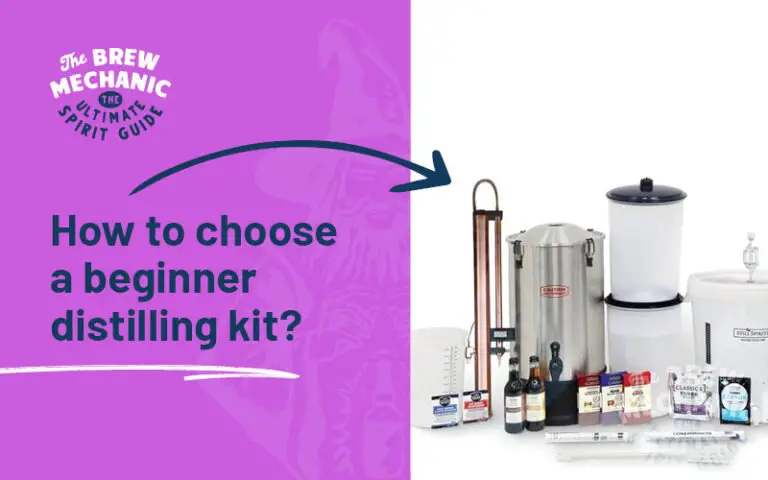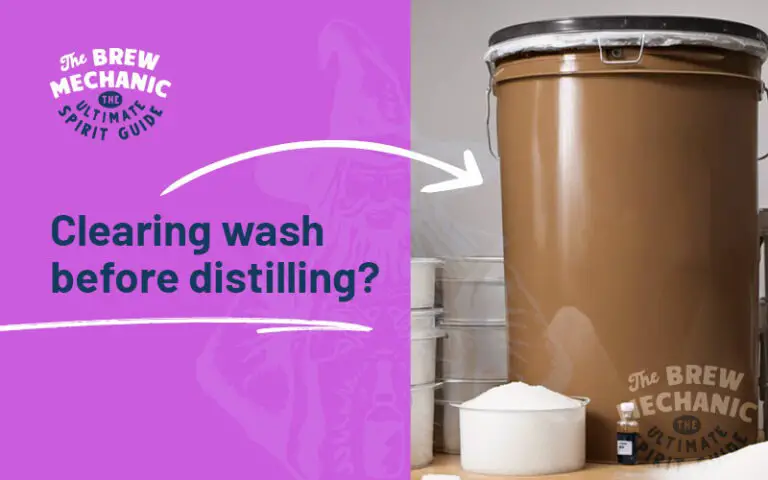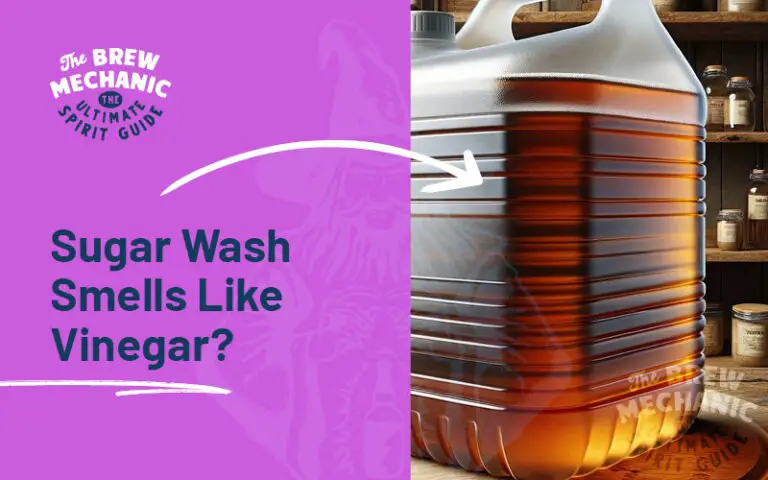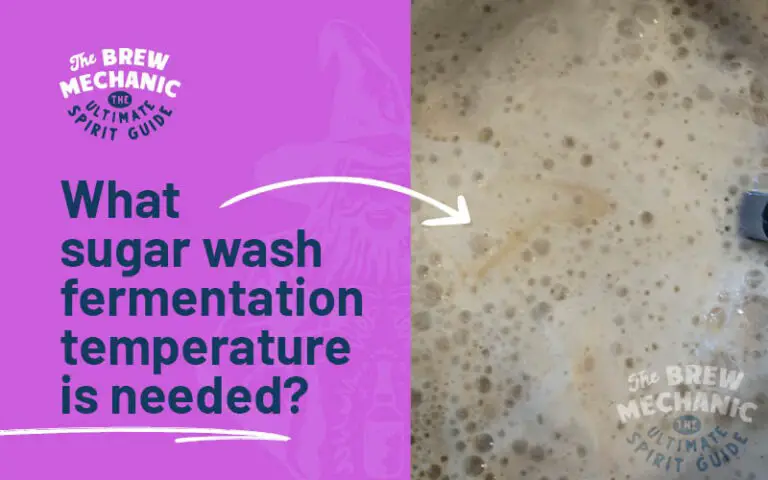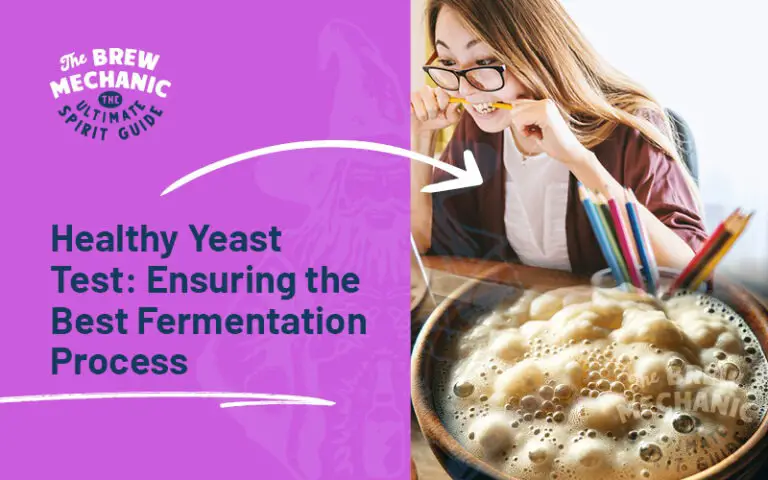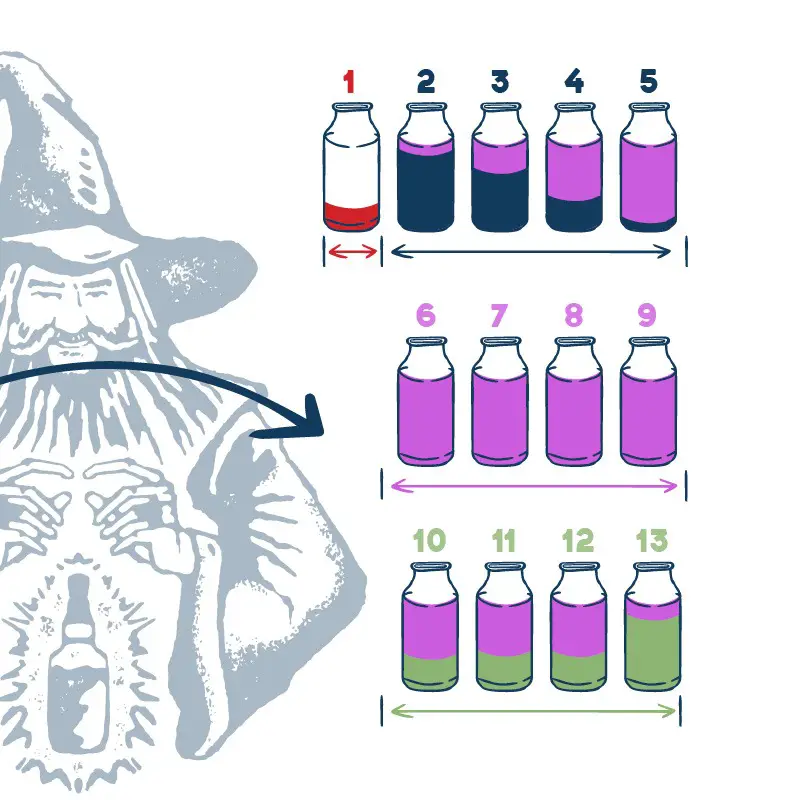The Role of yeast for distilling spirits for a distiller
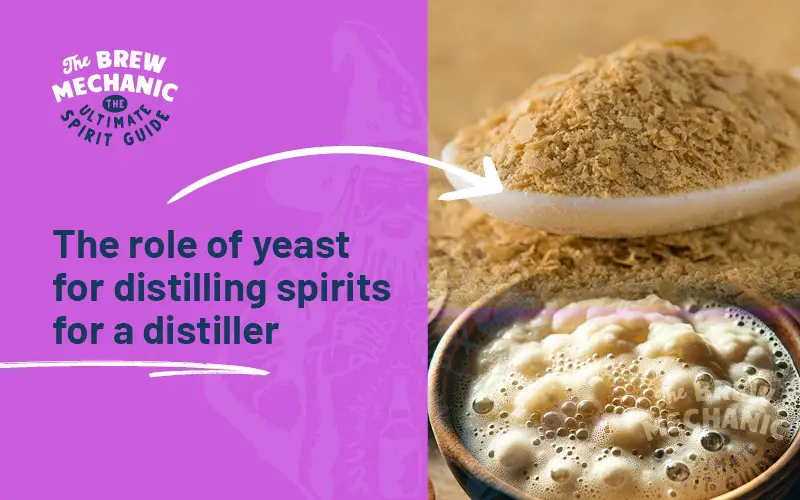
Disclaimer: This post might include affiliate links, through which I may earn a small commission without any extra cost to you. Additionally, I am an Amazon Associate and earn from eligible purchases. All the products and services I suggest are ones I have personally used or would use. Thank you very much for your support if you decide to buy through any of my links!
Come join the Distilling Squad!
Get the best fundamental tips & tricks here. Woohoo!
Fermentation is an essential process of production, and yeast for distilling spirits is at its heart. In this guide, we’ll explore how yeast converts sugar into alcohol, impacting the final spirit’s alcohol by volume (ABV), flavor, and aroma.
Selecting the right yeast strain is crucial for the type of spirit you intend to produce.
Methods of Alcohol Production with yeast for distilling spirits
The Importance of Temperature Control in Fermentation for a distiller
The pH level of your wash significantly influences fermentation. Yeast thrives in slightly acidic conditions, typically around a pH of 5 to 5.5 for bakers yeast. Adjusting the pH is done by adding acids or calcium carbonate.
Turbo yeast will have instructions on the back for its best practices. We only use bakers yeast due to use wanting to know yeast nutrients that can be added. We think baker’s yeast is the best yeast for creating neutral spirits via sugar wash method.
Oxygen’s Role and Nutrient Balance
During the initial aerobic phase of fermentation, oxygen is crucial. However, in the subsequent anaerobic stage, the absence of oxygen leads to alcohol and CO2 production. Proper aeration of the wash and the right nutrient balance is vital for healthy yeast activity and avoiding undesirable flavours or smells.
Consequences of Stressed Yeast for distilling spirits
Stressed yeast can lead to various problems, including off-flavors and imbalanced fermentation. Factors like incorrect sugar, yeast, and nutrient ratios, chlorine content in water, and temperature inconsistencies can stress yeast.
Therefore, closely following recipes and conducting an opening gravity check are essential for successful fermentation.
Identifying and Addressing Off-Flavors
Off-flavours in spirits can be attributed to various factors:
Breaking Down the Distillation Ranges
Understanding the boiling points of different alcohols is critical:
| Acetone – Foreshots | 56.6°C or 133.8°F |
| Methanol – Foreshots | 64°C or 147.2°F |
| Ethyl Acetate – Heads | 77.1°C or 170.8°F |
| Ethanol Range – Hearts | 78.3 > 81.5°C or 172.9 > 178.7°F |
| 2 Proponal – Tails | 82°C or 179.6°F |
| 1 Proponal – Tails | 97°C or 206.6°F |
| Fuesel oils – Tails | 94 > 95°C or 201.2 > 203°F |
Download our Distilling Cuts Chart here
Yes I want this epic PDF plus get tips and tricks! You will be joining our distilling mail list. 🙂
Understanding the yeast for distilling spirits is key
By understanding these aspects of fermentation and distillation, you can better control the quality and flavor of your homemade spirits. Remember, understanding yeast for distilling spirits is essential to mastering the distillation process. It all starts with mastering the basics, such as a simple sugar wash.
As you understand the yeast process, your goal of creating vodka, rum, whiskey, bourbon etc. becomes easier with each new batch that is created and distilled.
Last Updated on Jun 25, 2024 by The Brew Mechanic
Disclosure: I may receive affiliate compensation for some of the links below at no cost to you if you decide to purchase a product or service. You can read our affiliate disclosure in our privacy policy. The information provided is for entertainment only.

With 35 years of knowledge of being a chemical engineer in alcohol manufacturing plants, my mission is to teach the next generation of home distilling alcohol brewers at a supernatural speed.
My reviews are based on real-life experiences with reflux stills, sugar wash, troubleshooting and mystical chemical reactions.

